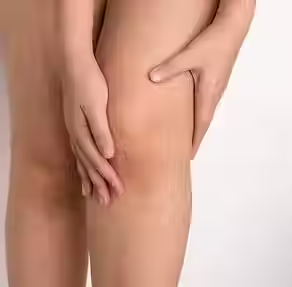Lipoedema
Lipoedema is a chronic condition of anormal fatty deposits which usually appears in the hips, thighs, legs, arms and forearms. Lipoedema mainly affects women, can be painful, and is resistant to dieting and exercise.
The hands and feet are generally spared of fatty deposits however they can retain fluid.
Treatment for Lipoedema typically includes:
LYMPHATIC DRAINAGE MASSAGE Manual lymphatic drainage (MLD) is also effective in managing lipoedema as it helps reduce swelling and improve lymph flow. It’s particularly helpful in managing the pain and discomfort associated with lipoedema. Gentle techniques desensitise painful areas and firmer techniques can help to soften fatty fibres pre surgery.
LIPOSUCTION (LIPOSUCTION FOR LIPOEDEMA) In some cases, liposuction is used to remove the abnormal fat deposits associated with lipoedema. This procedure is specially adapted to treat lipoedema and is aimed at reducing the appearance of the affected areas. It does not cure the underlying condition but it can reset the clock.
How to prepare for your appointment?
Clothing
Wear loose fitting clothing such as long flowing skirts (including underwear) to your appointment. Loose clothing is easier to manoeuvre or remove for your appointment, especially if drains and dressings are present. Tight clothes restrict fluid movement.
Shower
Shower and dry the web space between your fingers and toes as well as any folds of skin.
Remove
Remove all makeup, and self-tanning products.
Wear
Wear your compression wear to your appointment where possible and bring your compression wear to each appointment.
Complete
Fill in your registration and consent forms. The more information you provide, the more informed your practitioner will be able your personal journey. It will greatly help to develop a treatment plan specific to your needs.












